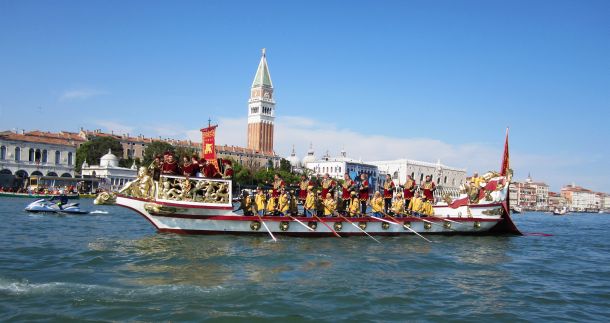
I have no doubt that calendars around the world were marked REGATA STORICA (“historic regatta”) two days ago. It’s been held on the first Sunday in September for the past 500 years or so (since 1489, to be exact). Calendars by now ought to be able to mark themselves.
There were several aspects of this year’s edition which made it notable — even “historic,” if you will, though I suppose everything that happens qualifies as historic in one way or another merely by the fact of its having occurred.
Historic Point 1: Our rowing club had three boats in the races, and each came home with a pennant: first, second, and third place. More on that below.
Historic Point 2, with gold stars applied by me: There were no fights. No hurled epithets, no banshee curses howled at judges or fellow racers, no demerits for breaking any rules. I know. I must have been hallucinating. But it’s still true.
Let me elaborate on these points:
Our club had two pupparinos in the young men’s race; the pair on the orange boat won the race, coming home with the red pennant. The pair on the brown boat finished second, earning a white pennant. We also had the red gondolino, rowed by Roberto Busetto and his brother Renato, who finished third (green pennant). This is not only wonderful, but exceptional, considering that Roberto hasn’t finished in the top four in the Grand Canal for the past eight years.
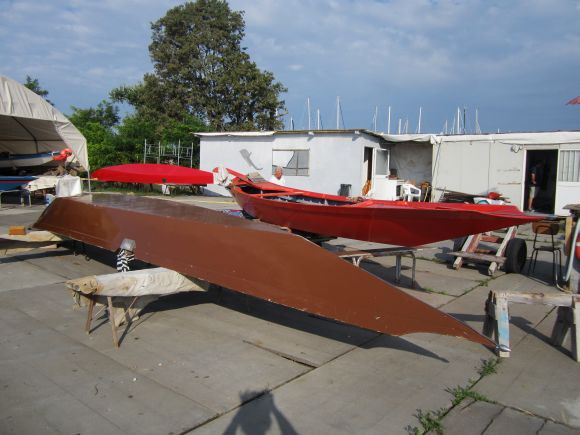

As for the harmony between the two giga-competitors of the past two eternal decades — Giampaolo d’Este and Ivo Redolfi Tezzat, and the Vignotto cousins (the “Vignottini”) — I don’t know what to attribute it to. But one does recall that after d’Este unburdened himself at the Regata of Murano of every opinion he ever had about the judges, he was penalized by having to sit out the next race. That might have had a slight sobering effect, not that I think that race was so important to him.
Or maybe the lack of conflict is an early sign of the approaching Millennium.
Or maybe they’re just getting tired.
Or maybe it was the unexpected exchange of views at the eliminations a few weeks ago. When the qualified nine teams were brought together to draw the color of their boats, d’Este announced, “I’d like to make a proposal. We eliminate the judges.”
To which one judge replied, “I’d like to make a counter-proposal. We eliminate you (meaning him and his partner), and the Vignottos. Because the only time there are ever any problems, fights, and general grief, it’s when you all are in the race.”
No more proposals were entertained and the meeting was adjourned.
But there had to be some sort of flaw in the ointment, as a friend of mine used to say. Everyone wasn’t humming like happy little tuning forks, as we discovered when the blood blister of rage broke in the mind of Davide Peditto, one of the boys on the brown pupparino. I say “boy,” but he’s 18 years old; not exactly a child.
He was so angry at not winning — horrors! finishing second!! has the world gone mad?? — that he wrapped himself in a cloak of fury so thick and black that no communication could reach him, and very little could come out. This is evidently an aspect of his personality already known to people who are closer to him than I am.
His only release was to take his white pennant and throw it onto the dock at our club and leave it there. “Carta da culo,” he snarled bitterly; toilet paper (literally, ass-paper).
This is not only an insult to Venice, to every racer who has preceded him, to every racer who competed with him (12 of whom would have loved to have had that very pennant, ten of whom would have loved to have had ANY pennant), but a real insult to his long-suffering partner, onto whose pleasure in this accomplishment he had just poured gasoline, so to speak, and then thrown a match.
One would like to help this splenetic young man re-think his ideas about winning and losing — or if not his ideas, at least his behavior. I’d suggest sending him the bits of the newspaper reporting the comments which were made by another racer who came in second on Sunday: Giampaolo d’Este, who had spent virtually the entire race head-t0-head with the Vignottos. When they crossed the finish line 95/100ths of a second ahead of him, he probably wasn’t any happier with the outcome than the young brat at our club — especially because he has enough red pennants by now to entitle him to think he might deserve another one.
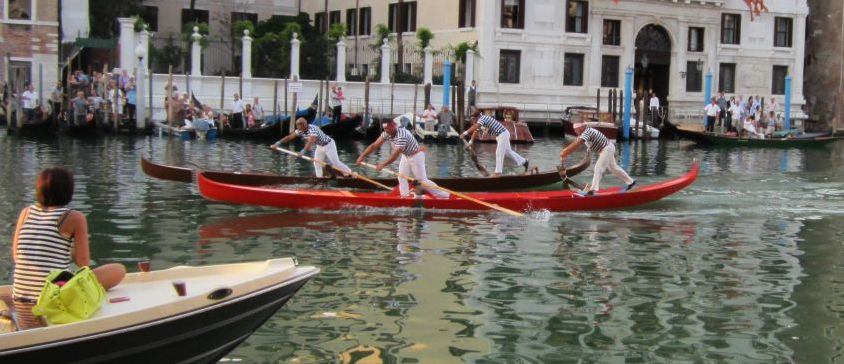
But he did not compare his white pennant to anything else. Here’s what he said:
“Well, that’s the way it went. Either we or the Vignottos could have won, and they won. No recriminations — it was a beautiful race and it’s always beautiful to be its protagonists.”
He might have meant it, which would be excellent. But he said it anyway, and that’s about 95/100ths even more excellent. But if it’s too hard, in the glaring heat of the moment, for a youngster to say something that mature, I’d suggest that the next-best option would be silence.
And I don’t mean that thick black silence, either. I mean the silence in which the image, the shape, and the hope for next year’s race would already be forming in his mind, spirit, and gizzard. As far as I can tell, that’s the only way that true athletes, or humans of any stripe, manage to get those bitter pills down and keep going.
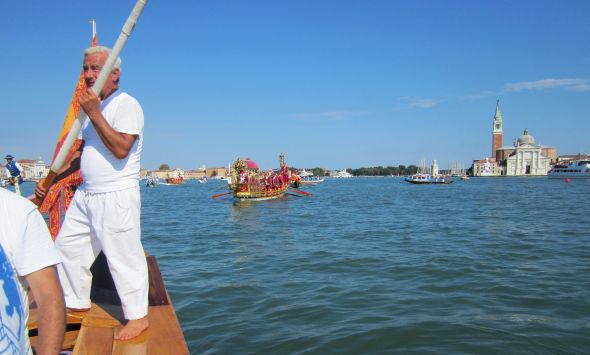
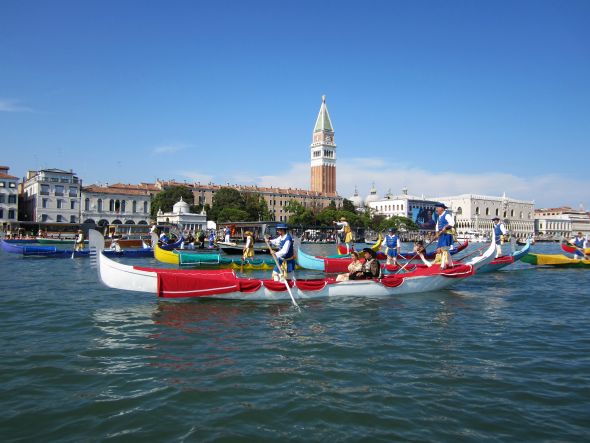
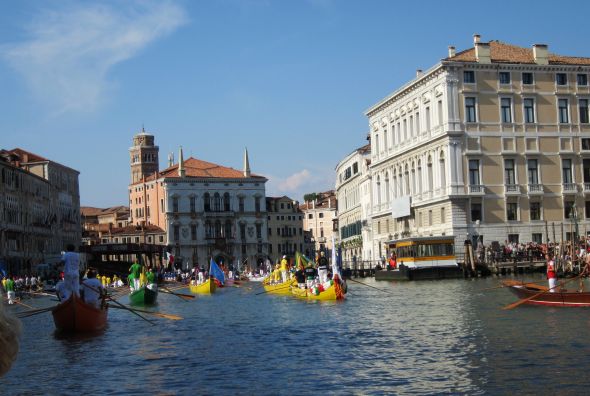
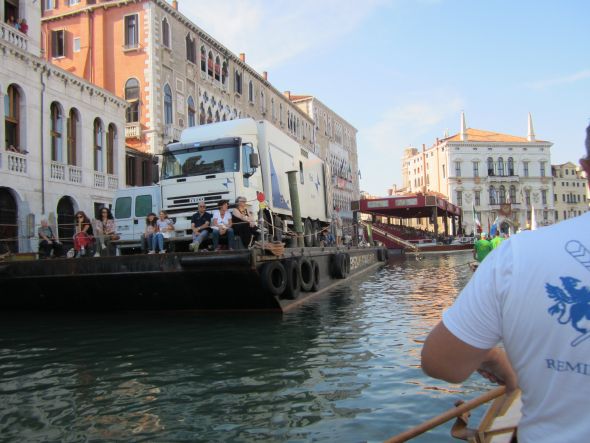
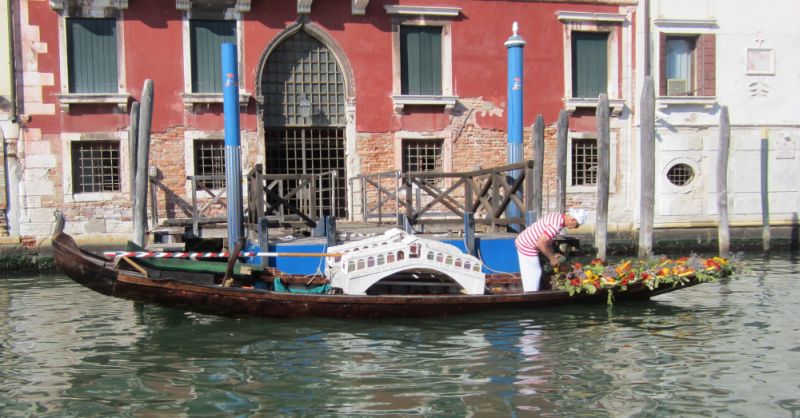

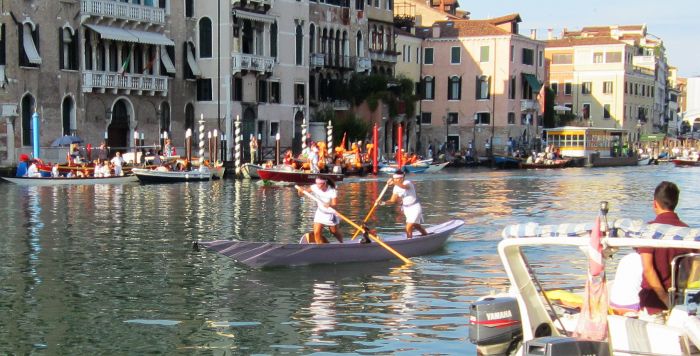
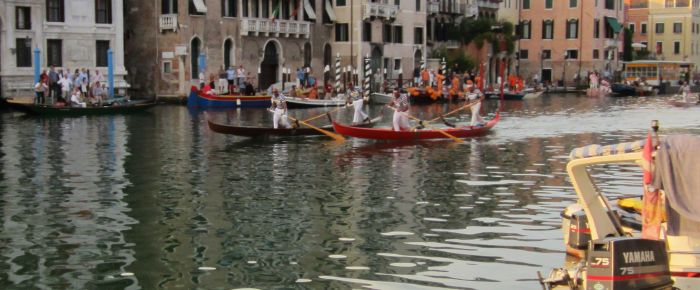
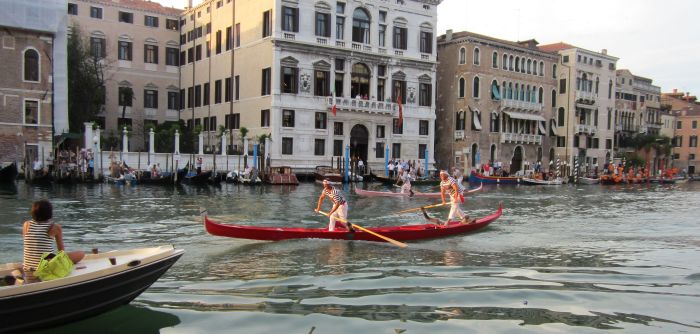
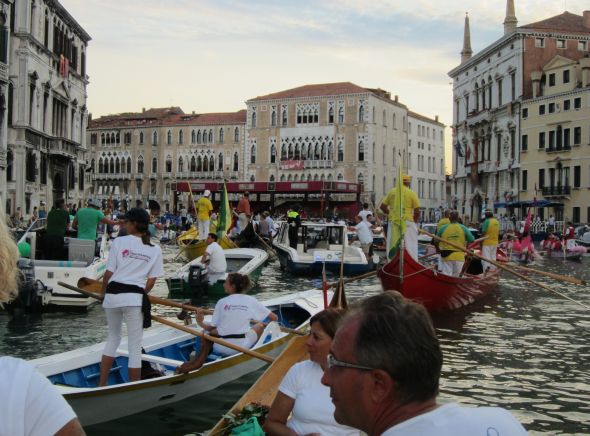

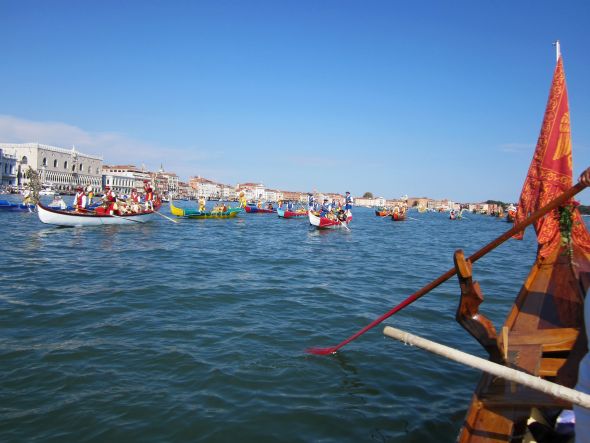
4 Comments
Thanks for the report on the regatta. I enjoy reading your posts so keep them coming.
Great post as usual – maybe even in the superior quality (red pennant?)
It’s especially heartwarming to hear that your club has come back with such panache after the destruction of the tornado last year! Yay! Let that petulant Peditto remind himself of progress by looking back at the photos of all of the destroyed boats and consider himself lucky that he had something to row. (oh dear, methinks I’m sounding my age…)
I think the only luck that Peditto is aware of is that which does, or does not, apply to him personally. Boats are just, you know, supposed to be there for him, I imagine, like everything else. Perhaps I am doing him an injustice. If so, I’ll let everybody know.